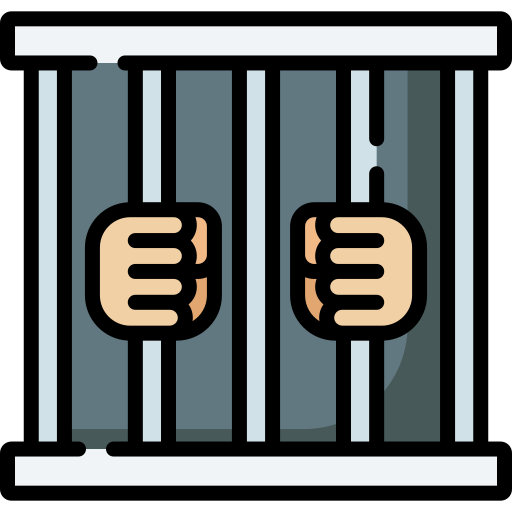
Welcome to our guide on Understanding the Structure and Operations of the Prison System in the UK. One of the first things you should know is that the overall responsibility for prisons in the UK is managed by the Ministry of Justice. We’ve split this guide into different sections to make it easier for you to understand and navigate.
Prison Structure in the UK
There are a wide variety of prisons operating under the structure of the UK prison system. These are mainly categorised into the following types:
Every prison is further classified based on its security level, known as ‘categories’. These range from Category A (maximum security) to Category D (minimum security).
In terms of prison management, prisons can either be publicly managed by Her Majesty’s Prison and Probation Service (HMPPS), or privately managed by companies contracted by the UK government.
Operations of UK Prisons
A key aspect of the operations of UK prisons involve the establishment and maintenance of order and discipline. This is enforced through a strict code of conduct that stipulates the expected behaviour and consequences for any breaches.
Education and Rehabilitation also form a crucial part of prison operations, with re-offending rates being a key measure of prison effectiveness. Many prisons provide a range of educational, vocational, and skill-building programs.
Health Services must also be provided. This includes physical healthcare, mental healthcare, and addiction services.
The UK Prison Population
At any given time, the number of people in UK prisons stands at around 85,000. This makes the UK the country with the highest incarceration rate in Western Europe.
The Legal Framework
The operations and structure of UK prisons are largely governed by the Prison Act 1952 and its subsequent amendments.
Challenges and Criticisms
The system faces a number of challenges, including overcrowding, rising numbers of prisoner-on-staff assaults, and issues with re-offending rates.
It’s important to note that while this information gives you a broad overview of the UK prison system, the details can vary. Each individual prison has its own unique operations and programs, and the experiences of prisoners can also differ significantly.
We hope this guide has helped you understand more about the structure and operations of the UK prison system. For more detailed information on specific aspects of the prison system or individual establishments, feel free to explore the other sections of our website.